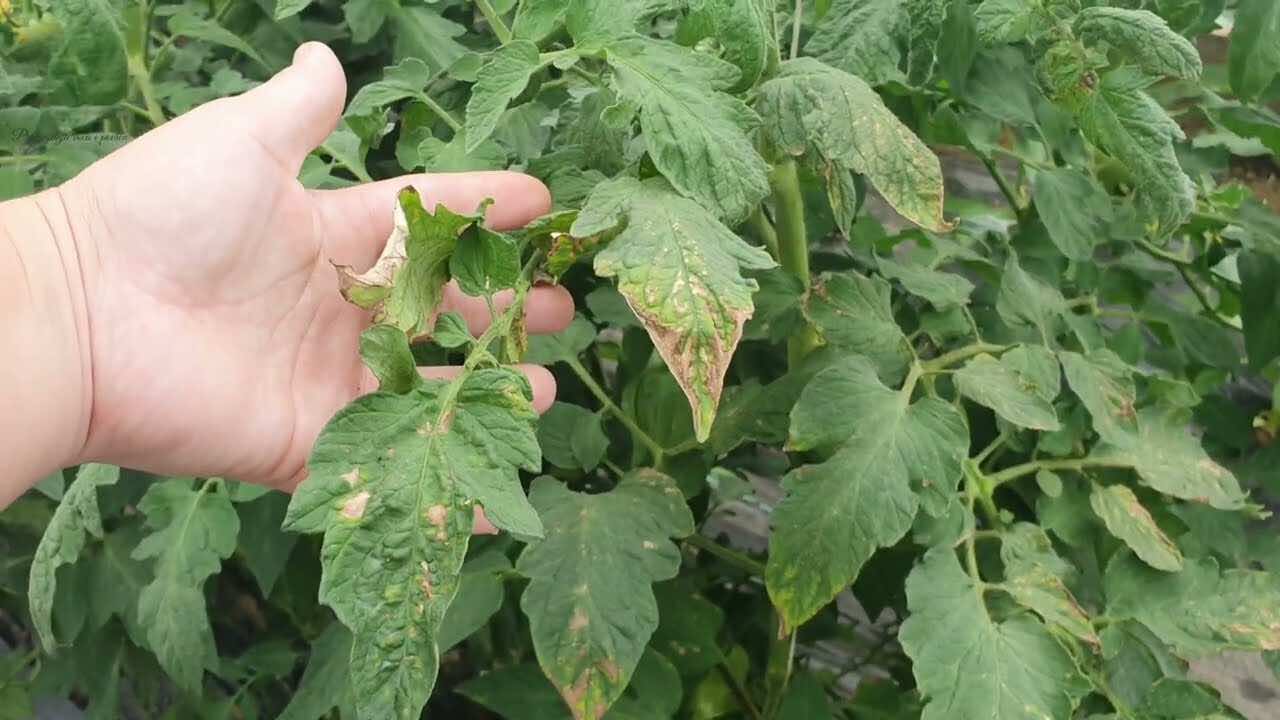Let’s see together how to immediately recognize the fungal disease of tomato. Here is the way to prevent it and prevent it from spreading: these are the signs.
We are at the perfect time of year for growing ours beloved tomatoes. Tomatoes are practically the basis of Mediterranean cuisine. Between salads, caprese, sauces and so on, they represent the most versatile and exquisite that nature could give us as a gift. There are dozens and dozens of tomato variety different, and we can choose to cultivate the one we prefer most. Growing tomatoes is not easy at all: they are very delicate fruits vulnerable to external attacks.
If we don’t take the right precautions during the cultivation phase, we shouldn’t be surprised if the result doesn’t satisfy us. In addition to thinking about nutrition and irrigation of the plant, we must be careful of illnesses that some mushrooms could lead to our garden. They are not harmful diseases for humans, but they are harmful to our tomatoes and their integrity. Here’s how to to prevent it’s at recognize a fungal disease.
Fungal disease of tomato: downy mildew
Some fungal diseases they can wreak havoc altogether our entire garden. There are some diseases that develop very easily and are capable of destroying all tomato plantings. Among these is downy mildew. There downy mildew of tomato is one of the most common tomato diseases, but also one of the most dangerous. This disease occurs directly in the seedlings, so the prevention and protection must be implemented from the start. The cause is the fungus Phytophtora infestans. But how can we understand when this fungus invades our plantation?
To notice the symptoms of late blight of tomato, it is necessary to carry out regular inspections of the crop, and preventive protection is the most suitable. Prevention of the occurrence and spread of the disease is carried out by adopting a comprehensive set of preventive actions and intervening very often. Pseudofungus Phytophthora infestans causes damage to all parts of plants. Here’s how to recognize it.
When our tomatoes are in danger
The extremely humid climate is ideal for the initiation and subsequent proliferation and spread of the disease. The first symptoms of the disease appear when the plants are grown in the temperature range from 18 to 21 degrees and a high relative humidity of 60-90%. The first symptoms of the disease are associated with the appearance of light green or whitish spots on the leaves of plants, first on the tips of the leaves.
After a certain period and unfavorable climatic conditions, the spots spread to the entire leaf mass. It appears on the stem in the form of elliptical spots that change hue from the initial bright state to a darker color. They appear in the shape of a ring, which causes the blockage of the nutrient flow and the final desiccation of the plants. The fruits are affected by dark spots that lead to rot and decay of both the fruit and the plant. We can conclude that late blight is dangerous in all periods of vegetation. It is necessary to protect the plants in advance, especially before the long rainy period. High evaporation of moisture from the soil is more suitable for the development of this disease.
